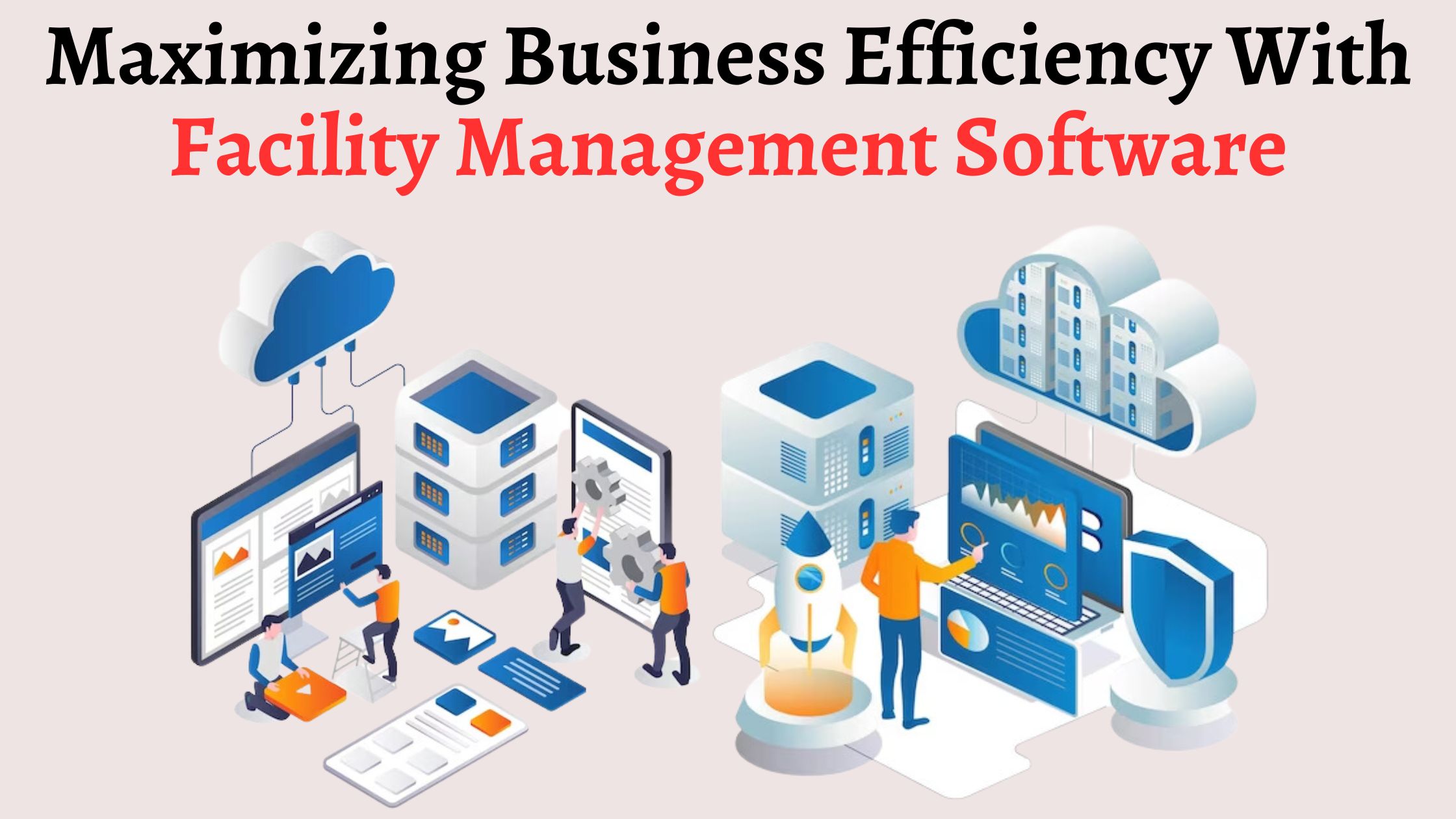Exactly How Total Facility Management Improves Upkeep and Procedures
Total Facility Management (TFM) represents a transformative shift in how organizations come close to maintenance and operations. By leveraging data-driven approaches and incorporated technology, TFM not just expects and alleviates prospective problems but additionally optimizes source allotment and enhances efficiency.
Enhanced Upkeep Approaches
Boosted Maintenance Strategies are necessary for optimizing the efficiency and durability of facilitiess. These strategies incorporate a methodical strategy to maintenance that highlights positive steps, predictive analytics, and condition-based tracking. By implementing such approaches, organizations can properly decrease unexpected downtimes and decrease functional interruptions.
One crucial element of boosted upkeep is making use of data-driven decision-making devices. These devices allow facility supervisors to evaluate historic performance data, determine patterns, and forecast prospective failings prior to they take place. This predictive upkeep approach not just expands the life cycle of devices but likewise improves safety and security and conformity criteria.
Training and equipping maintenance personnel are similarly crucial in implementing boosted approaches (Total Facility Management). Well-trained team can execute regular evaluations and address minor issues before they escalate. Additionally, adopting a detailed possession management system facilitates monitoring of tools status, upkeep history, and organizing of safety nets
Streamlined Operational Workflows
Optimizing functional operations is crucial for the total performance of facility management. By executing streamlined processes, companies can minimize redundancies, lessen delays, and improve performance. A well-structured functional process allows facility managers to allocate resources effectively, making sure that tasks are completed in a prompt way.
Utilizing facilitiess management software program can automate routine jobs such as work order management, supply tracking, and organizing. Clear interaction networks among group members foster collaboration and liability, additionally boosting functional effectiveness.
Systematizing procedures is another important component. Establishing finest practices aids ensure that all employee are lined up in their method, reducing the possibility of errors and improving solution distribution. Regular training and updates on workflow processes additionally play a crucial function in preserving consistency and effectiveness.
Ultimately, structured operational process contribute to a much more responsive facility management system, enabling companies to concentrate on critical campaigns instead of being bogged down by management burdens. By prioritizing effectiveness, facility supervisors can significantly enhance the total efficiency of their procedures.
Proactive Concern Resolution

Routine examinations and checking systems play an important duty in this procedure, enabling facility supervisors to collect data and prepare for possible failures. Furthermore, fostering open communication networks amongst personnel members motivates the very early coverage of problems, further facilitating prompt resolutions.
Applying a comprehensive facility management software application can enhance the monitoring of maintenance tasks and concern reporting, providing beneficial understandings into persisting problems and their source. This data-driven method permits educated decision-making and prioritization of resources.
Eventually, positive concern resolution not only maintains the honesty of facility procedures however likewise improves employee fulfillment and safety and security. By buying methods that concentrate on prevention, organizations can produce an extra reliable and resilient operational setting, establishing a strong structure for future growth Get the facts and success.
Cost Efficiency and Resource Management
Exactly how can companies accomplish an equilibrium between price efficiency and efficient resource management in facility operations? The assimilation of total facility management (TFM) gives a strategic framework that enhances monetary performance while optimizing source allotment. By consolidating services, organizations can streamline operations, minimize redundancies, and leverage economic situations of scale.
Reliable source management begins with a comprehensive analysis of existing assets and operational procedures. Using information analytics, organizations can identify underutilized resources and address inefficiencies. This educated over at this website approach enables the execution of targeted upkeep timetables, consequently lengthening possession life and decreasing unexpected downtime.

Educating and development of facility management employees even more enhance cost performance by furnishing them with the abilities required to take care of resources sensibly. Inevitably, by embracing an all natural method to facility management, organizations can accomplish substantial expense savings while making certain that operational performance stays a top priority.
Sustainability and Ecological Effect
The integration of total facility management (TFM) not just improves price performance however also plays an essential duty in promoting sustainability and lowering ecological impact. By embracing an all natural strategy to facility operations, TFM promotes the implementation of sustainable techniques that lessen source usage and waste generation.
One of the key parts of TFM is the optimization of power usage. This includes the fostering of energy-efficient modern technologies, routine maintenance of cooling and heating systems, and the application of smart structure management systems. These steps not just reduced utility costs however likewise substantially decrease greenhouse gas discharges.
In addition, TFM advertises using sustainable materials in facility upkeep and renovation projects. By prioritizing eco-friendly items and techniques, facilitiess can decrease their total ecological impact while fostering much healthier interior settings.

Conclusion
In final thought, Total Facility Management significantly boosts upkeep and operations through methodical techniques that stress anticipating analytics and condition-based surveillance. TFM promotes lasting practices, inevitably leading to improved facility management results and a society of check out here constant enhancement within companies.
Total Facility Management (TFM) represents a transformative change in how organizations come close to upkeep and operations. Making use of facilitiess management software can automate routine jobs such as job order management, stock tracking, and scheduling.Exactly how can companies achieve a balance in between expense performance and efficient source management in facility procedures? The integration of total facility management (TFM) provides a tactical framework that improves economic performance while enhancing source allotment.In conclusion, Total Facility Management significantly improves maintenance and procedures through methodical strategies that emphasize predictive analytics and condition-based monitoring.